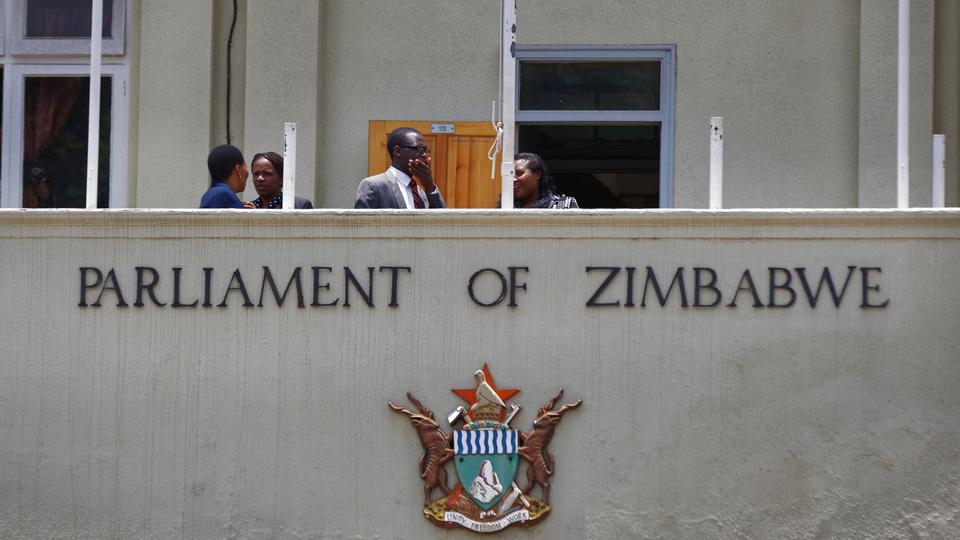
BY SHAME MAKOSHORI
GOLD and platinum have been placed at the heart of efforts to push Zimbabwe’s mines back to growth next year, official data showed at the weekend, confirming the importance that government attaches to the country’s vast mineral endowment.
The data was released as President Emmerson Mnangagwa’s under fire administration battles to find solutions to a gruelling economic crisis which is now in its 20th year.
In an ambitious pre-budget strategy paper released on Friday projecting a sharp inflation slowdown by the end of 2020, Finance minister Mthuli Ncube promised to refine the investment climate and attract fresh capital to help overturn a projected 0,4% slowdown this year to a 7,4% growth in 2021.
He said the groundwork towards achieving the target, which started with rolling out of the hyped US$12 billion mining strategy last year had kicked off with the deployment of significant resources towards exploration.
“The sector is expected to grow by 7,7% in 2021 from a projected contraction of 4,1% in 2020,” the strategy paper said.
“Recovery will be driven by almost all minerals including gold, PGMs and diamond. The sector is expected to benefit from relatively higher prices of gold and PGMs. Government will continue to implement measures to attract investment and bring transparency in the sector. Government will prioritise finalising amending of the Mines and Minerals Act to bring a market-based conducive investment climate providing stability, consistency, competitiveness and transparency in the sector. This should also pave way for the formulation of mineral policies,” the paper said.
It has been a fine year for gold, Zimbabwe’s mainstay on the international markets.
- Chamisa under fire over US$120K donation
- Mavhunga puts DeMbare into Chibuku quarterfinals
- Pension funds bet on Cabora Bassa oilfields
- Councils defy govt fire tender directive
Keep Reading
After difficult 2019, gold prices have rocketed, defying threats posed by a global shutdown inspired by the deadly coronavirus scourge.
The gold price hit an all-time high in early August, eclipsing US$2 075 per ounce, and is projected to average US$1 748,45 an ounce during 2020, from a low of US$1 268 per ounce in 2018.
The pandemic itself has been credited for driving the charge, possibly as investors shift to store value in traditionally reliable portfolios in the face of global uncertainties stemming out of the virus.
For centuries, investors have turned to gold as a safe haven for store of value during downturns, volatilities or crises.
It has turned out to be the situation today.
Many analysts have predicted that the gold rally is far from over, given the relentless spread of the virus through second waves across regions. This has given reason for optimism towards resource-based economies like Zimbabwe.
Platinum prices have also been firming. Government wants to encourage fresh investment into new projects and attract funding to rebuild closed mines, the paper said.
Zimbabwe has many closed mines, most of which collapsed under the weight of hyperinflation in 2008. Some of these are owned by the State through Zimbabwe Mining Development Corporation.
“Increasing the number of operational mines is important to increase the mining sector’s contribution to Gross Domestic Product, employment creation, exports as well as provide inputs for value addition to strengthen value chains. The 2021 national budget should prioritise the opening of closed and new mines. Mining will be a leading sector in sustaining high and shared growth. Growth will be anchored on the US$12 billion mining industry target by 2023. Attainment of the target will entail increased investment in the exploration, extraction, value addition and beneficiation across all minerals. Government in partnership with the private sector has already started to walk the journey in this respect,” said the paper.
“The 2021 national budget will prioritise exploring innovative financing solutions to enable migration from the current system to a computerised mining cadastre system. The budget will seek to capacitate the Ministry of Mines personnel in terms of mobility, communication and computerisation to ensure that mining applications are timely processed, and inspections can be conducted. Currently, the ministry has a backlog of more than 17 000 applications which stall mining activities and hence additional capacity is needed to clear such a backlog,” it noted.











